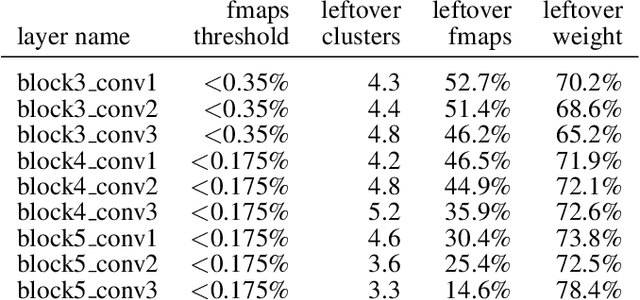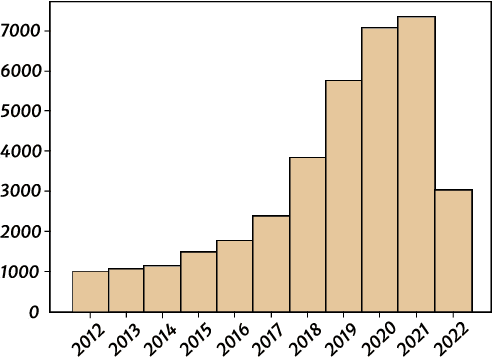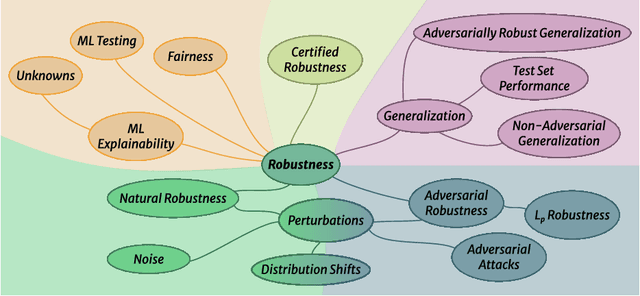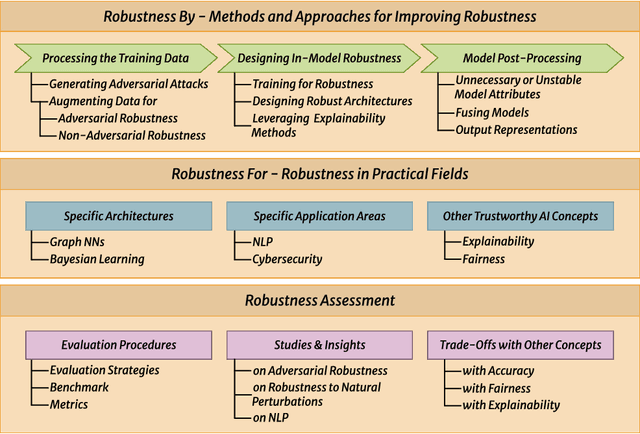Andrea Tocchetti
Interpretable Network Visualizations: A Human-in-the-Loop Approach for Post-hoc Explainability of CNN-based Image Classification
May 06, 2024



Abstract:Transparency and explainability in image classification are essential for establishing trust in machine learning models and detecting biases and errors. State-of-the-art explainability methods generate saliency maps to show where a specific class is identified, without providing a detailed explanation of the model's decision process. Striving to address such a need, we introduce a post-hoc method that explains the entire feature extraction process of a Convolutional Neural Network. These explanations include a layer-wise representation of the features the model extracts from the input. Such features are represented as saliency maps generated by clustering and merging similar feature maps, to which we associate a weight derived by generalizing Grad-CAM for the proposed methodology. To further enhance these explanations, we include a set of textual labels collected through a gamified crowdsourcing activity and processed using NLP techniques and Sentence-BERT. Finally, we show an approach to generate global explanations by aggregating labels across multiple images.
A.I. Robustness: a Human-Centered Perspective on Technological Challenges and Opportunities
Oct 19, 2022



Abstract:Despite the impressive performance of Artificial Intelligence (AI) systems, their robustness remains elusive and constitutes a key issue that impedes large-scale adoption. Robustness has been studied in many domains of AI, yet with different interpretations across domains and contexts. In this work, we systematically survey the recent progress to provide a reconciled terminology of concepts around AI robustness. We introduce three taxonomies to organize and describe the literature both from a fundamental and applied point of view: 1) robustness by methods and approaches in different phases of the machine learning pipeline; 2) robustness for specific model architectures, tasks, and systems; and in addition, 3) robustness assessment methodologies and insights, particularly the trade-offs with other trustworthiness properties. Finally, we identify and discuss research gaps and opportunities and give an outlook on the field. We highlight the central role of humans in evaluating and enhancing AI robustness, considering the necessary knowledge humans can provide, and discuss the need for better understanding practices and developing supportive tools in the future.
 Add to Chrome
Add to Chrome Add to Firefox
Add to Firefox Add to Edge
Add to Edge